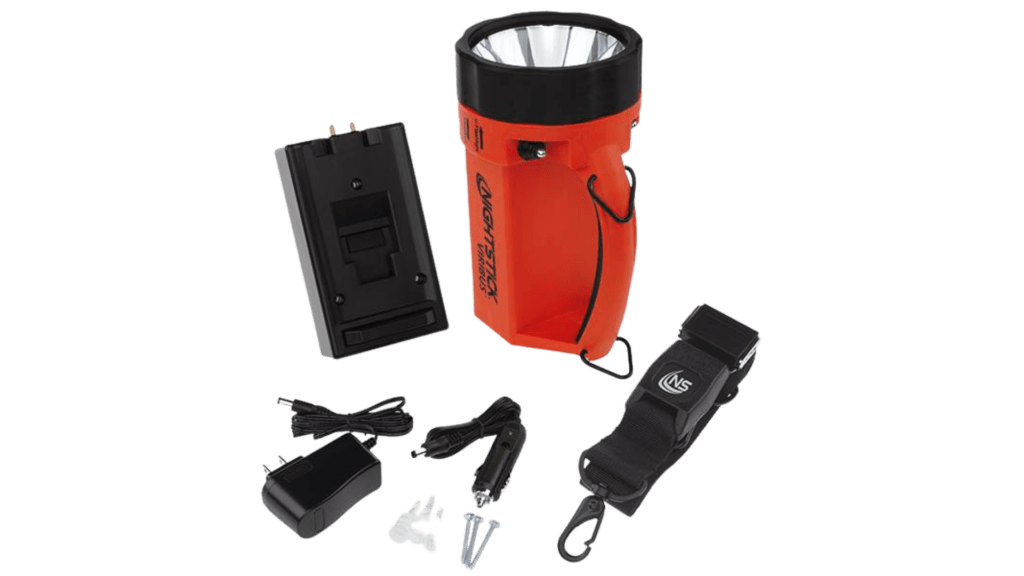When it comes to safety in hazardous environments, every detail matters. This is especially true for intrinsically safe flashlights, which are designed to operate safely in potentially explosive atmospheres. At the Intrinsically Safe Store, we understand the importance of rigorous quality assurance testing to ensure the reliability and safety of these critical tools. In this article, we will delve into the various tests that are necessary before deploying intrinsically safe flashlights. We invite you to visit our website to learn more about our commitment to safety and quality.
Understanding Intrinsically Safe Flashlights
Intrinsically safe flashlights are designed to prevent ignition in hazardous environments where flammable gases, vapors, or dust may be present. They achieve this by limiting the electrical and thermal energy to levels below what is required to ignite these substances. Therefore, the quality assurance tests for these flashlights are designed to ensure they meet these safety standards.
Electrical Safety Tests
One of the primary concerns with any electrical device is the risk of electrical shock or fire. Therefore, intrinsically safe flashlights undergo a series of electrical safety tests, including:
- Insulation Resistance Test: This test measures the resistance between the flashlight’s electrical circuit and its casing to ensure that there is no risk of electrical shock.
- Dielectric Strength Test: This test applies a high voltage to the flashlight’s circuit to ensure that it can withstand voltage surges without breaking down.
- Ground Continuity Test: This test ensures that the flashlight’s grounding system is functioning correctly, which is critical for preventing electrical shock.
Thermal Safety Tests
In addition to electrical safety, intrinsically safe flashlights must also be tested for thermal safety. These tests include:
- Temperature Rise Test: This test measures the increase in temperature of the flashlight during operation to ensure that it does not exceed safe limits.
- Thermal Shock Test: This test exposes the flashlight to sudden changes in temperature to ensure that it can withstand such conditions without failure.
Physical Durability Tests
Given the harsh conditions in which intrinsically safe flashlights are often used, they must also undergo physical durability tests. These include:
- Drop Test: This test involves dropping the flashlight from a certain height to ensure that it can withstand physical shocks.
- Vibration Test: This test subjects the flashlight to various levels of vibration to ensure that it can withstand the vibrations typically encountered in industrial environments.
Light Output Tests
Finally, the flashlight’s light output must also be tested to ensure that it provides adequate illumination. This involves measuring the flashlight’s luminous intensity, beam distance, and run time.

Intrinsically safe flashlights are critical tools for ensuring safety in hazardous environments. Therefore, they must undergo rigorous quality assurance tests to ensure their electrical safety, thermal safety, physical durability, and light output. At the Intrinsically Safe Store, we are committed to providing flashlights that meet these stringent standards. If you have any questions or need further information, please do not hesitate to contact us.


























